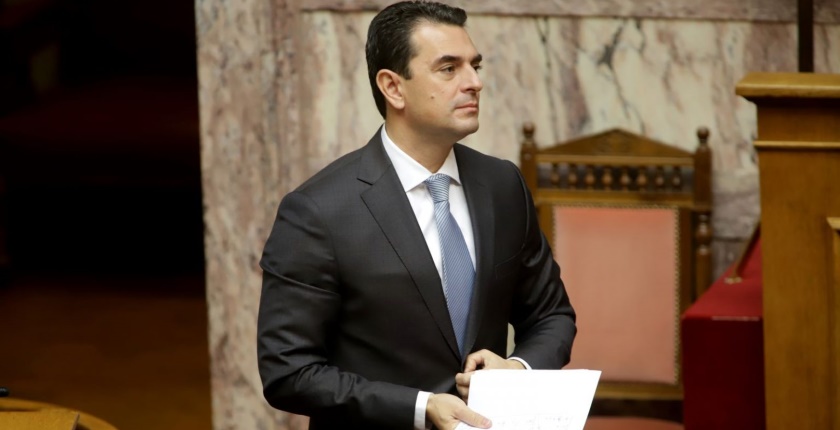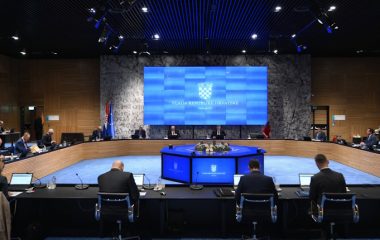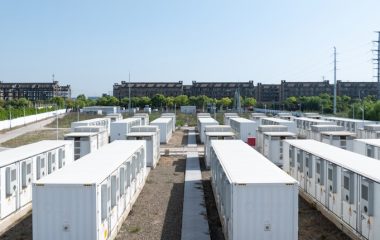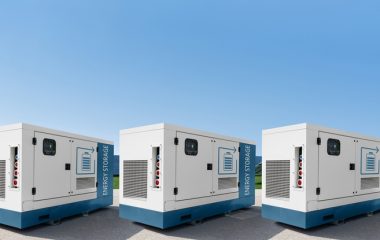
Photo: Ministry of the Environment and Energy
Hydropower plant Mesochora is envisaged to have a capacity of 161.6 MW. The dam was built 20 years ago and the project was stalled mostly due to environmental concerns. The government wants to divert the Acheloos river and start filling the reservoir.
The Ministry of the Environment and Energy adopted the decision on the approval of the environmental conditions for the hydroelectric project of Mesochora near Trikala, which is set to be continued after long delays. The announcement adds the completion of the 161.6 MW plant in Thessaly in the central part of Greece is a priority for the government.
The Mesochora plant will consist of three units with an estimated annual output of 362 GWh.
Twenty-year gap
Mesochora will produce cheap and green electricity, Minister Kostas Skrekas stressed. “It will also help protect the wider area from floods, which occur more frequently and with greater intensity due to the climate crisis, as it has the capacity to store more than 250 million cubic meters of water. Finally, by creating a beautiful lake, it will help further improve the area of Pindos and Trikala,” in his words.
The construction of the Mesochora dam lasted from 1986 to 2001. Public Power Corp. (PPC or DEI) has invested EUR 280 million so far, the statement adds. The ministry noted that the project was stalled due to issues concerning the diversion of the Achelous (Acheloos) river.
Environmental threats
Last year the Council of State, the country’s supreme administrative court, annulled the environmental conditions that were issued in 2017, the ministry added. The new permit opens the way for closing the dam and finally filling the reservoir.
Actually, the court blocked the project several times over the years, and there were also issues with the European Union. Environmentalists and the affected communities have warned the reservoir, the diversion of the Achelous and the planned irrigation system would dry up the protected Messolonghi lagoon in the river’s delta.
They have accused the authorities of taking a salami slicing approach – separating the project into pieces to get permits separately without assessing the overall potential damage to the environment. Opponents have also pointed out villages and cultural heritage would be submerged.
Of note, this week the European Commission approved Greece’s plan to provide Terna Energy with EUR 250 million in state aid for the Amfilochia pumped storage hydropower plant project.









Be the first one to comment on this article.